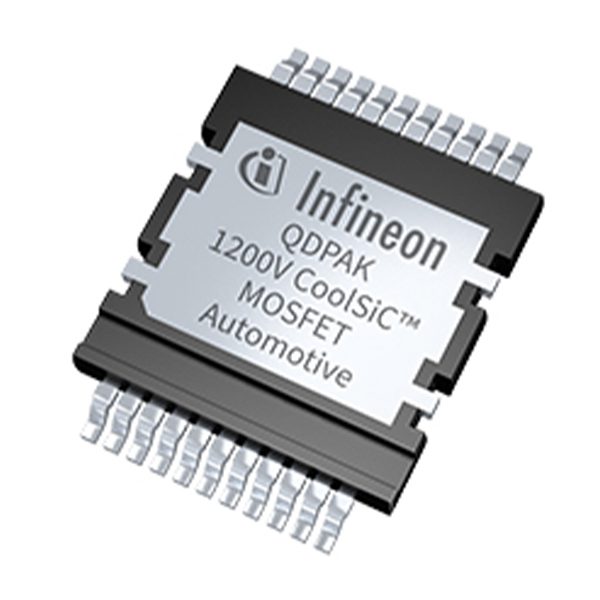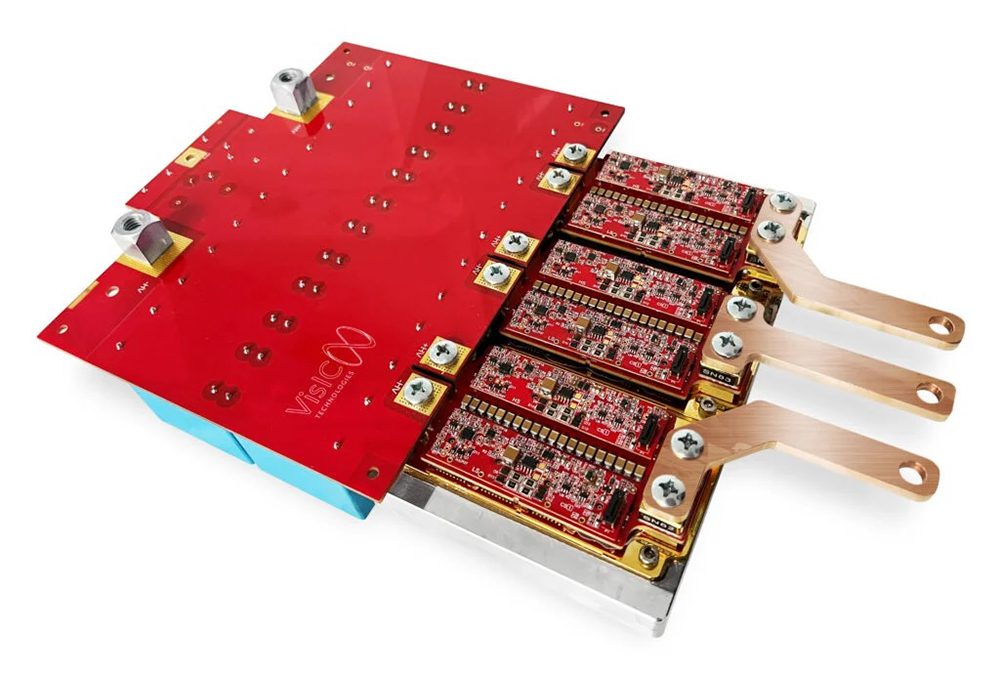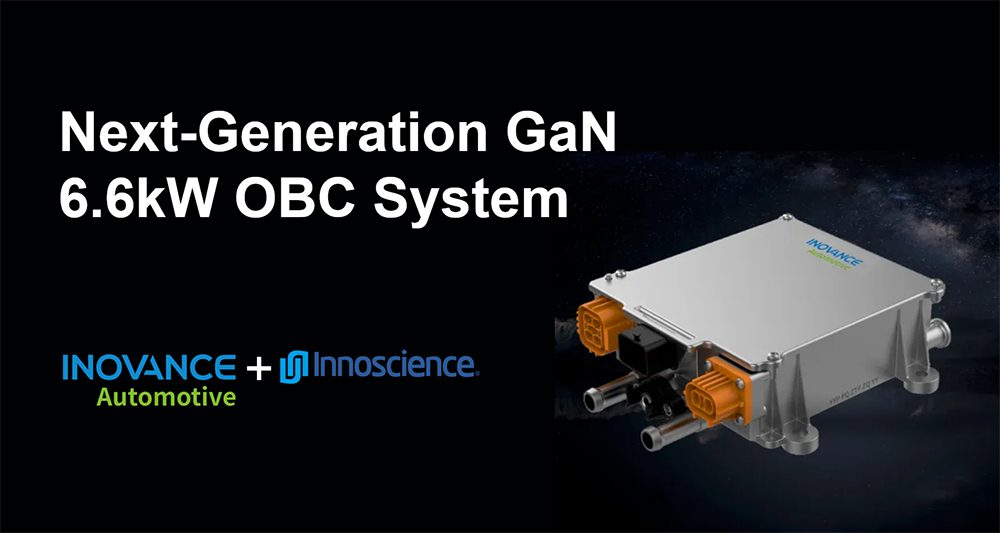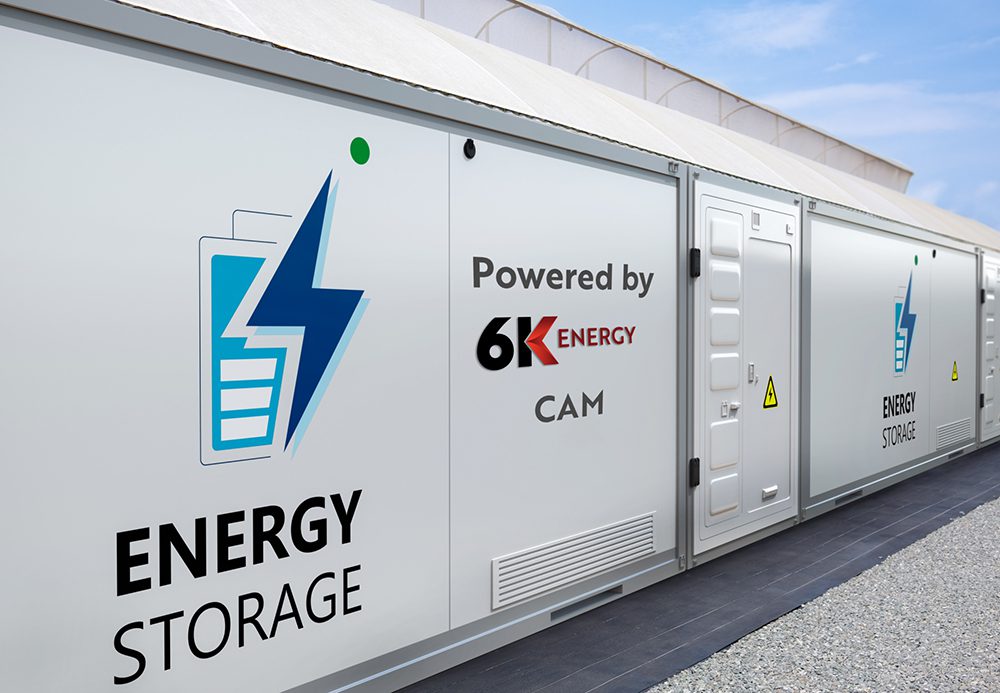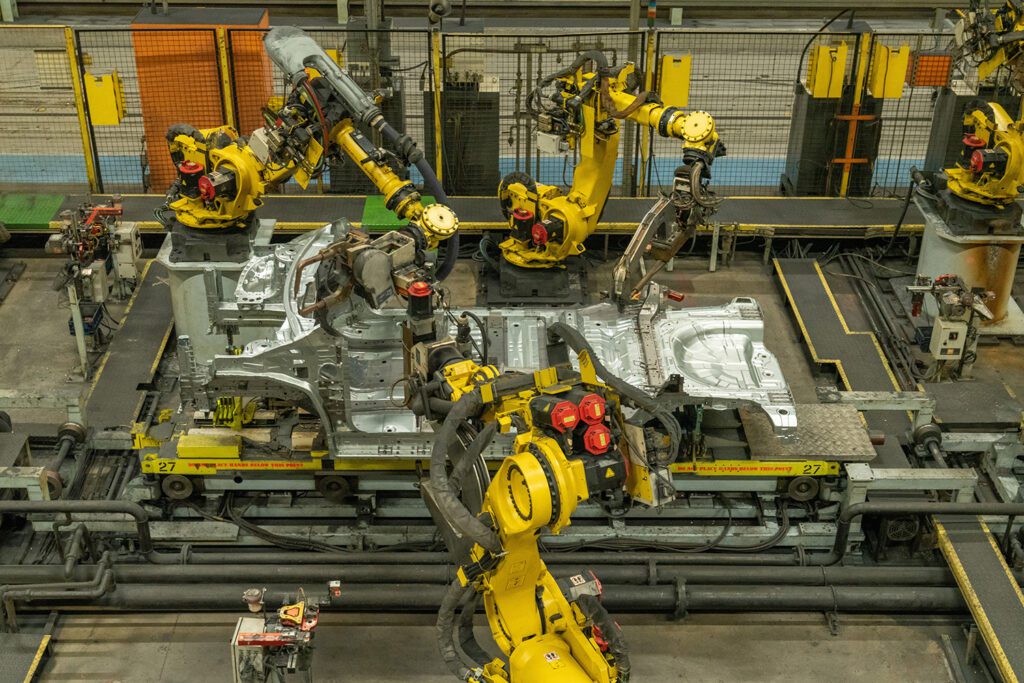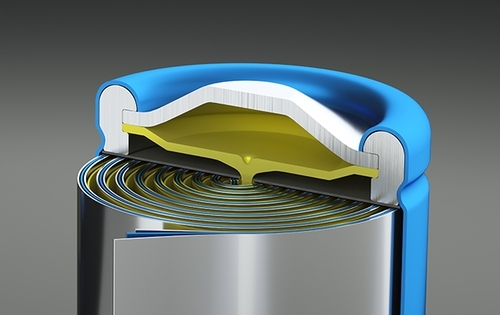(This article originally appeared in Charged Issue 6 – JAN/FEB 2013)
EV standards gaps: Intertek’s Rich Byczek on two of the biggest safety concerns centered around batteries.
The EV industry is young and evolving quickly – too quickly, in some cases, for the standards community to keep up.
The competing charging standards provide the most obvious example. There are a few EVs on the road that use the SAE J1772 standard, a few that use both the SAE J1772 and the CHAdeMO standard, and two Tesla models that use neither. (And soon we’ll see the second-generation SAE J1772 standard combo plug, which is capable of DC Fast Charging, and is backwards-compatible with the first-generation SAE J1772 standard, but not compatible with CHAdeMO or Tesla’s connectors. What a headache!)
While interoperability is a challenge that will shake out in time, there are also a handful of safety standards that need to be addressed post-haste.
Charged caught up with Intertek’s Rich Byczek to discuss some of the more pressing concerns. Among Byczek’s long list of product development and testing credentials is a seat on the American National Standards Institute (ANSI) Electric Vehicles Standards Panel (EVSP) – assembled in 2011 to “periodically update a strategic roadmap of the standards and conformity assessment programs needed to facilitate the widespread acceptance and deployment of electric vehicles.”
Translation: find and attempt to fill EV standards gaps.
Not surprisingly, two of the biggest safety concerns, identified by ANSI as standards gaps, are centered around batteries.
Delayed battery overheating events
The first safety concern is known as a delayed battery overheating event. It is well known that damaged battery packs have the risk of overheating, smoldering, and causing fires. But in some instances, the rise in temperature can take days or even weeks.
This was seen, for example, in the case of the National Highway Traffic Safety Administration (NHTSA) crash-tested Chevrolet Volt. That vehicle was crashed and then rolled over a couple times per the testing protocol. About three weeks later, a liquid coolant leak caused a battery short, and smoldering occurred.


These delayed events present a particularly tricky problem, because the existing test methods look for failure modes that occur in “real time,” within minutes of a crash test, or a few hours at most. The question is: How do you test for failures that could happen at any time in the future?
There are two issues that are not currently well addressed in the test standards: first, establishing that certain areas or cells in the battery pack are generating more heat than others; then, identifying methods to mitigate the hazard if it’s found.
Vehicles that are disabled after a crash test are one part of the problem. “In the case of the Volt,” Byczek explains, “the battery management system was in place, but the vehicle was crash-tested and presumably disabled. It was a dead car in most respects, except the battery cells were still there reacting with each other.”
There is also concern about vehicles in the field that haven’t gone through any such dramatic event. The EVSP has identified the possibility of “stray currents occurring in sub-sections of a pack that…can evolve and generate excessive temperatures,” and otherwise appear to be functioning normally. How would you then make sure that battery is self-regulating under normal conditions?
Engineering Notes: Stray Currents
There are several ways for a stray current condition to occur in a battery pack. Two that may be more probable:
- Leaked coolant or other conductive fluid enters the battery pack and causes current flow between cells or modules. Since it is not a “hard short,” or enough to blow a fuse, this current flow will slowly build up heat, or increase over time.
- A damaged module may allow for the shorting of two or more cells. Again, since the connection may not be electrically strong (such as a broken shard of metal that is just barely contacting a cell terminal) the resulting current flow is much less than in a hard short condition.
Since these currents are lower than the threshold of a fuse, they can continue for as long as the battery has available charge. This may slowly heat the battery until triggering a thermal runaway, or generate enough heat to burn nearby combustible material.
Possible solution
One proposed solution is to include some sort of additional method, within the battery pack, to measure a temperature spike in certain areas. Sensing and reacting to a localized temperature increase in an active pack seems like a relatively easy fix. When the system notices irregularities, it could increase cooling efforts (turning on fans or pumps), and disable the car until the pack is serviced.
However, designing a system that will still function in a disabled car – say, one sitting in a junkyard for weeks or months – is a bigger challenge.
“We’ve seen some issues where [a delayed battery overheating event] takes place in a disabled vehicle, where there is nothing actively running to monitor that to help prevent or warn of an issue. If you get a hot spot, you need to find a way to prevent it from getting hotter. And then somehow cause a self-discharge, or dissipate the energy that is available in that pack. So, we’re looking at ways to sense for that specifically. Also, how do we address that in the testing requirements, or evaluate for those types of conditions?”
Which brings us to another, closely related, standards gap.
Stranded energy
NHTSA and the National Fire Protection Association (NFPA) are taking a close look at an issue known as stranded energy. Even though fuses break, or contactors open, to isolate the battery pack from the vehicle in the event of a crash, the battery still contains large amounts of stored energy, which poses a potential shock or fire hazard.
 In a gasoline vehicle it is very easy, by protocol, to drain the tank and relieve the pressure in the fuel system, so it doesn’t cause a secondary issue after a crash. You can think of the battery as a small gas tank that is left full. Currently, there is no standardized method for emergency personnel to access that battery pack and cause it to drain down to a zero percent state of charge (SOC) in order to render it relatively inert.
In a gasoline vehicle it is very easy, by protocol, to drain the tank and relieve the pressure in the fuel system, so it doesn’t cause a secondary issue after a crash. You can think of the battery as a small gas tank that is left full. Currently, there is no standardized method for emergency personnel to access that battery pack and cause it to drain down to a zero percent state of charge (SOC) in order to render it relatively inert.
“That’s a concern for the first and second responders,” says Byczek.
“Not so much the EMS people that arrive on the scene, but the tow truck operators and storage location – the dealers or shops that are going to try to either repair or disassemble and scrap the vehicle. How can they handle the fact that there is a live battery inside? Maybe they can’t connect to the diagnostics. Maybe they can’t easily access the internals of the battery and safely discharge it.” Hence the term stranded energy.
There are a handful of companies that make tools to safely discharge packs and cells, such as Midtronics, but the connectors and communications are not standardized.
How do you interface (activate, communicate, and connect to high voltage) with different vehicles? By design, current vehicles are made so that high voltage cannot connect to anything else after a crash event. And again, because it is already damaged, you may not have a functioning common communications port (CAN bus) to talk to the battery and verify its SOC.
Possible solutions
There are two common schools of thought to address stranded energy. One is the “suitcase” solution. First, create a standard for both a physical connection to the high-voltage pack and for communication. Then, equip every tow truck operator with a discharge tool that could easily plug into a port, verify the status of the battery, and discharge it to a safe level.
The other possible solution would be to create a secondary system of the internal safety circuits in the battery pack. The idea here would be similar to an airbag system. When a crash is detected and the airbags are deployed, there are several other systems in the vehicle that are also triggered. For example, the fuel pump is disabled, and in the case of EVs, the high voltage connection is opened between the battery and the rest of the vehicle. So, any event that causes the pack to go into what is known as “safe shutdown mode” would also cause a discharge.
After the contactors open to disconnect the high voltage, then it would initiate this discharge internal to the battery. It would have to be at a slow rate, because of the heat generated, but the idea is that a small amount of heat would be safer than leaving the stranded energy.
This solution could also solve the problem of delayed thermal events, because damaged vehicles would not be stored, for any amount of time, with charged cells that could react with their surroundings.
There are a few concerns with the internal safety circuit concept. Is it feasible to implement, and at what cost? Just like any safety system, it would have to be designed robust enough to function as intended after severe crash conditions. That could get expensive. Also, if the battery has been damaged, would it further compromise safety to initiate energy flow within the pack? Would it be safer to leave it stranded?
These are tough problems that need to be solved as soon as possible. In addition to the ANSI panel, the standards community gathers groups of experts into smaller committees to concentrate on individual issues. The SAE International Battery Steering Committee is focusing on delayed battery overheating events. For the issue of stranded energy, there is the SAE Battery Field Discharge and Disconnect Committee.
While their intention is to promptly find solutions, we can only expect committees to move so quickly. As the conversation evolves, Charged will keep you posted on any expected new standards.
Are EVs more dangerous in crash events than ICEs?
The short answer, at the moment, is yes.
But not because of some inherent danger with battery technology. The danger exists because of a lack of knowledge about how to respond to a crashed EV.
For example, most suppressants that firefighters bring with them to an accident are aqueous. They contain water, so the shock hazard is immense.
We asked LithFire-X’s President Ron Butler, a 20-year Detroit Fire Department officer, Fire Cadet Program instructor, and lithium-ion battery fire training and process design expert, what suppressants should be used on EVs?
“According to the NFPA’s Fire Research Foundation, though lithium-ion batteries contain lithium and other Class D combustible metals, fire events shouldn’t be treated as Class D fires. This expands the pool from which suppressing agents may be chosen.”
“The prime consideration for suppressants in an EV or hybrid is shock hazard. Suppressants that conduct electricity should be avoided. Non-aqueous liquids, dry agents, and inert gases fill the gap nicely. If the concern is not conductivity (i.e. non-energetic) as is the case with stored or shipped batteries, then the suppressant choices increase.”
Butler also believes that the long-term safety hazard of EVs is no greater than that of gas vehicles, once first responders are adequately trained. “We drive around in mobile bombs every day and don’t think about it. From a firefighter’s perspective the response protocol for internal combustion vehicles and EVs is the same. There are different issues, obviously, but both are very dangerous. In Detroit we do about 20 vehicle fire calls a day.”
The biggest safety problem for EVs is a knowledge gap for how to respond in emergencies.
This article originally appeared in Charged Issue 6 – JAN/FEB 2013






